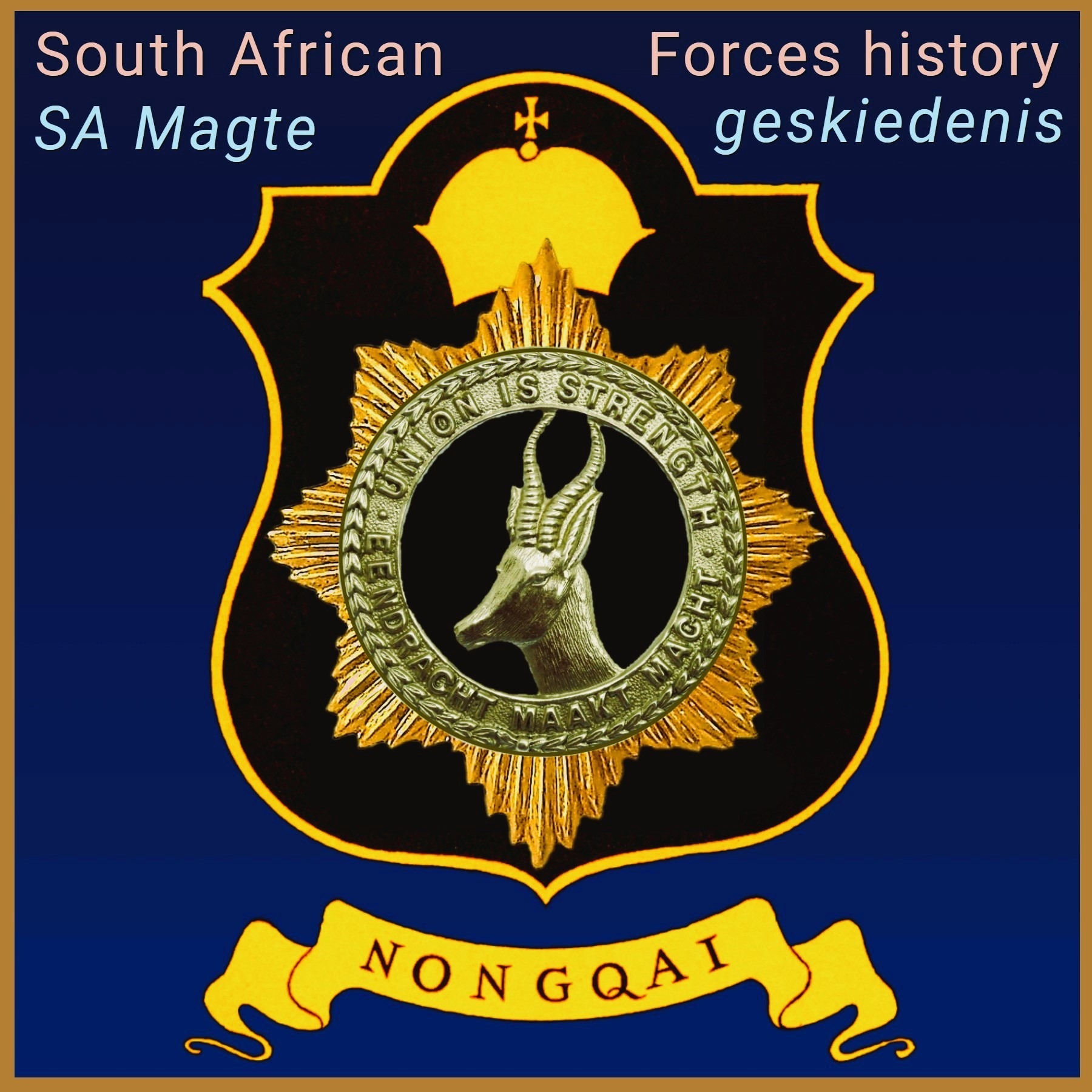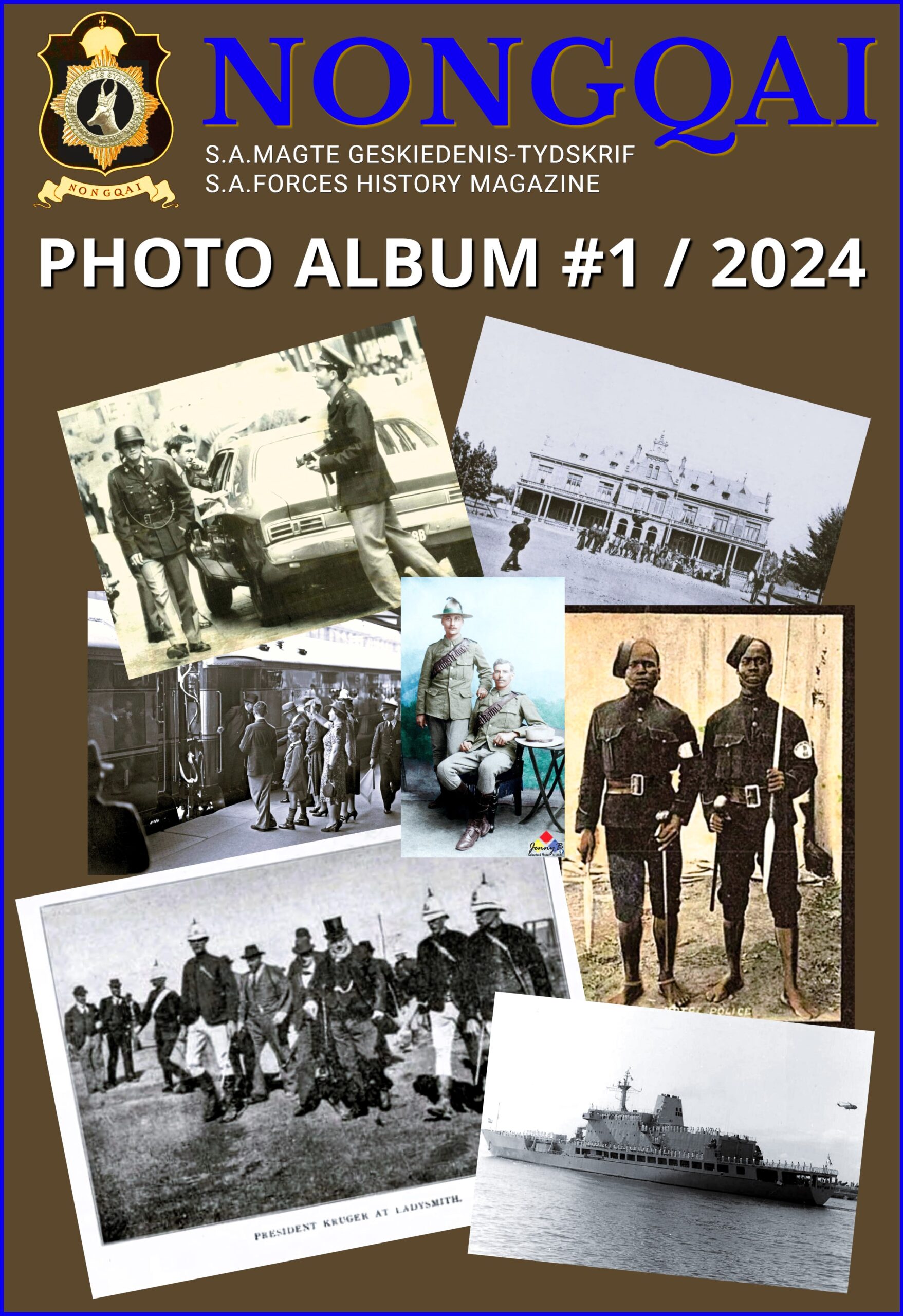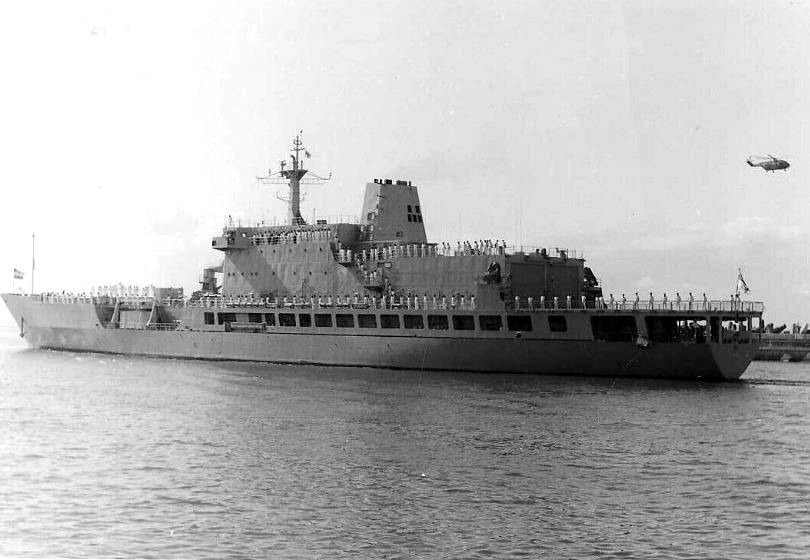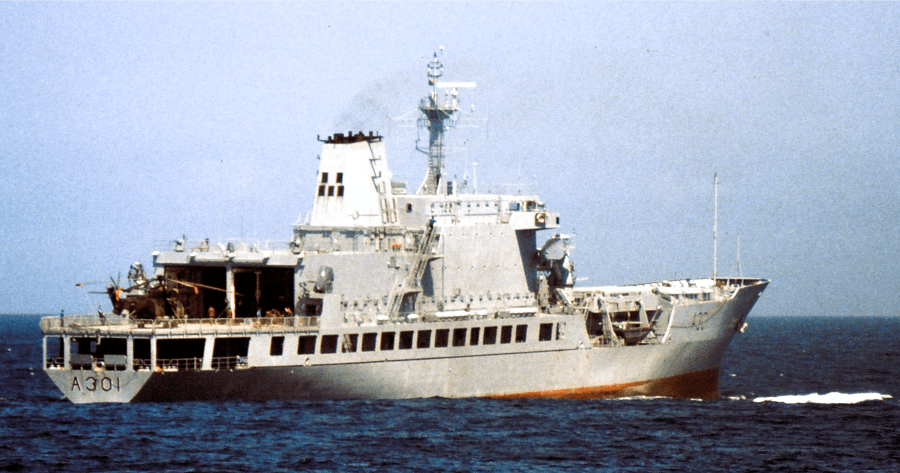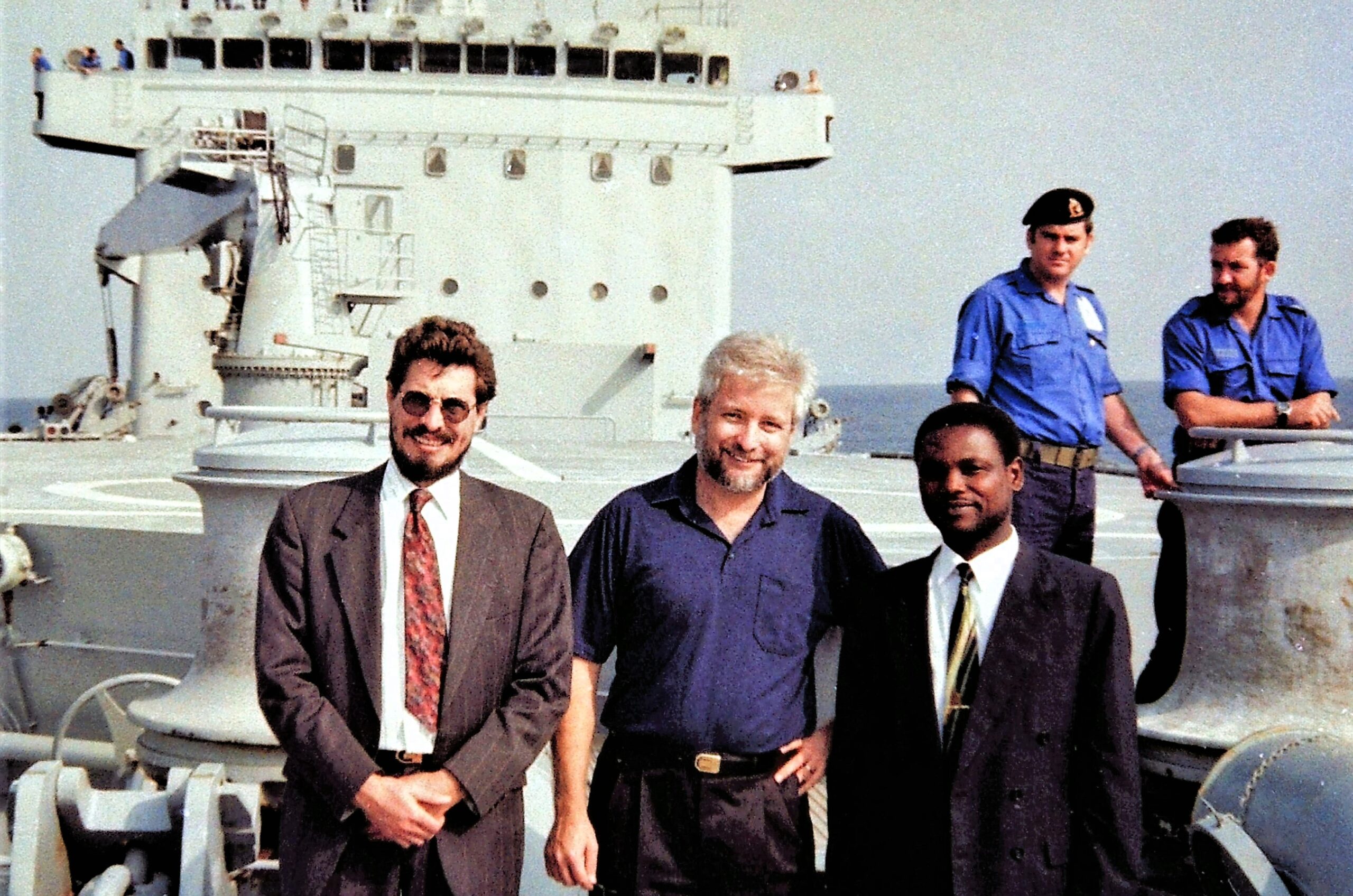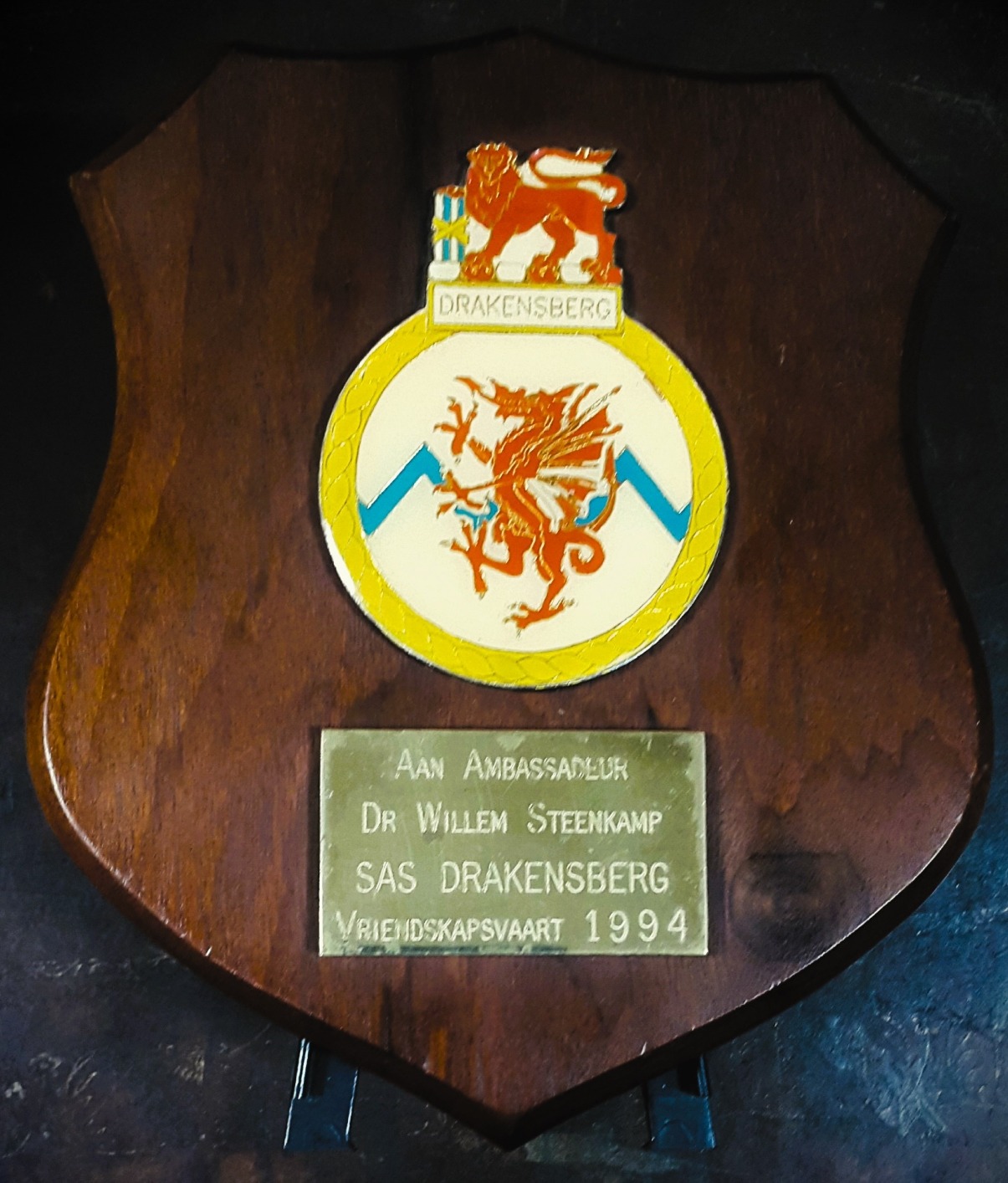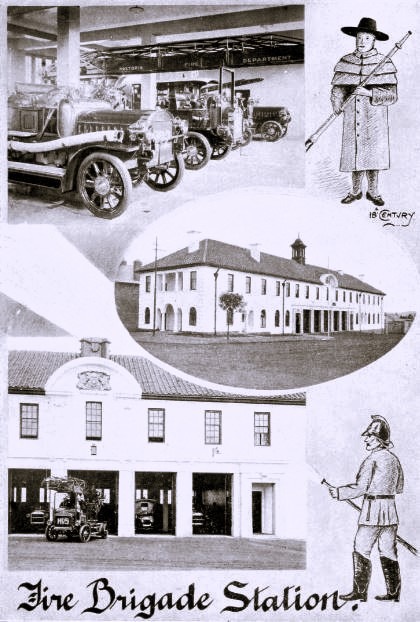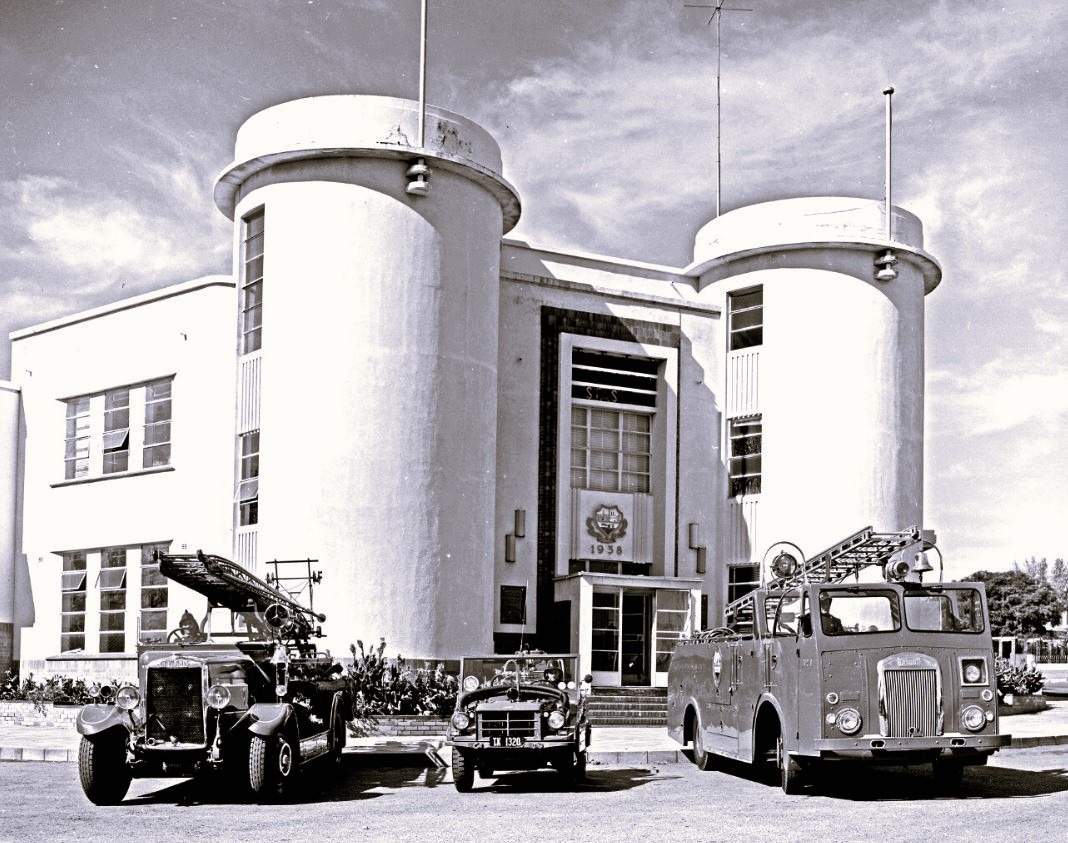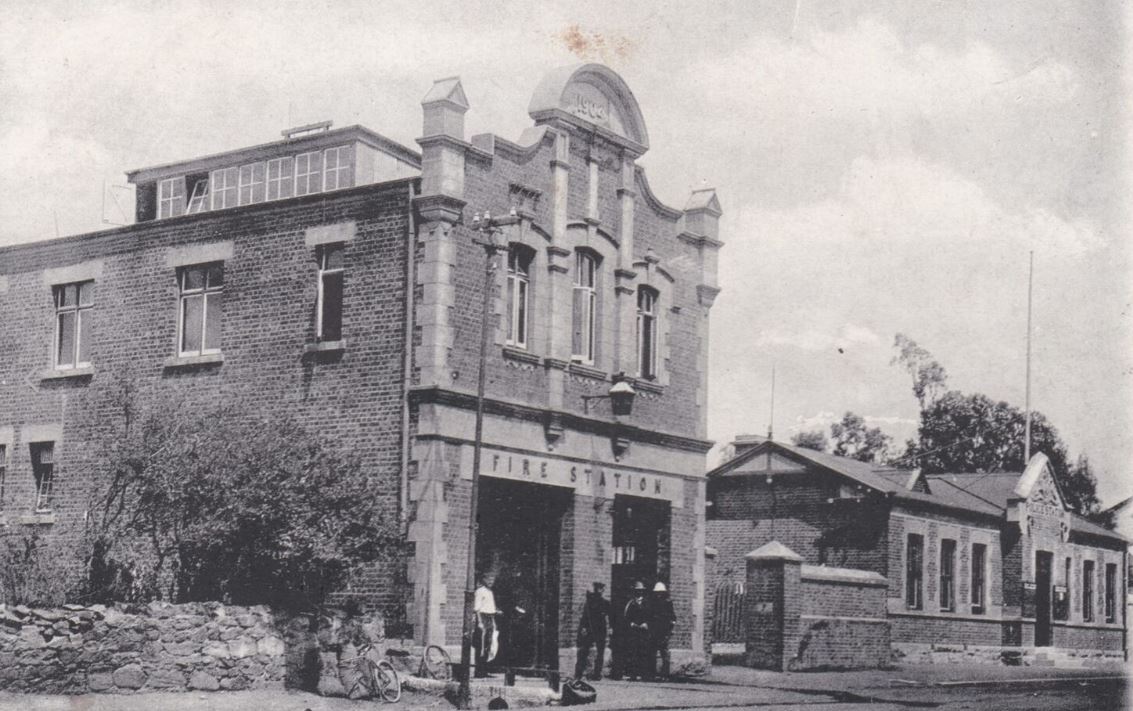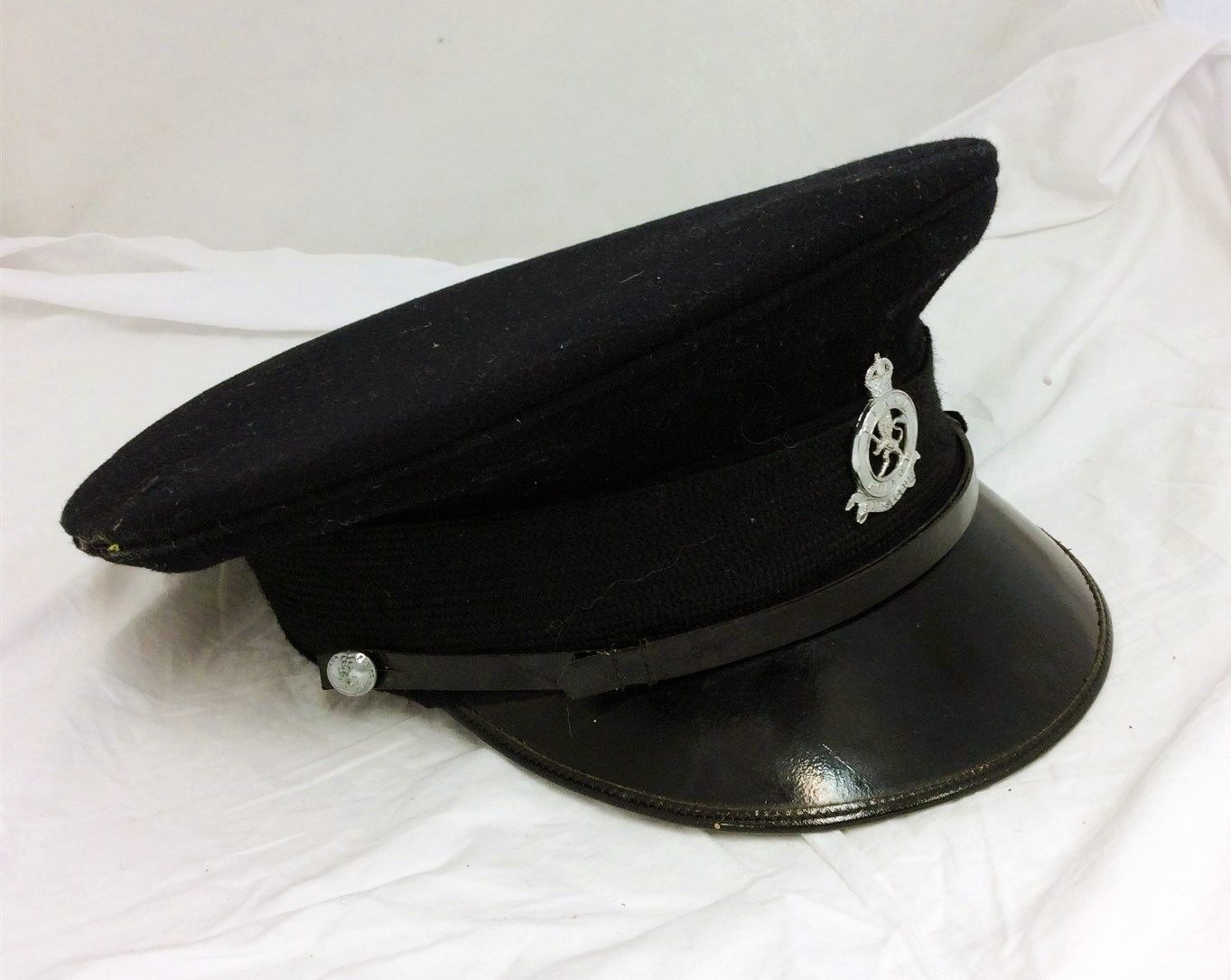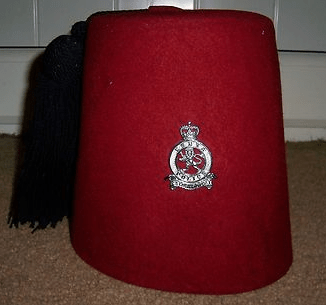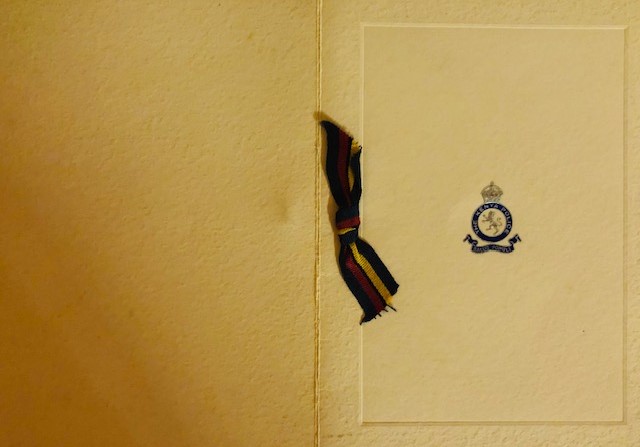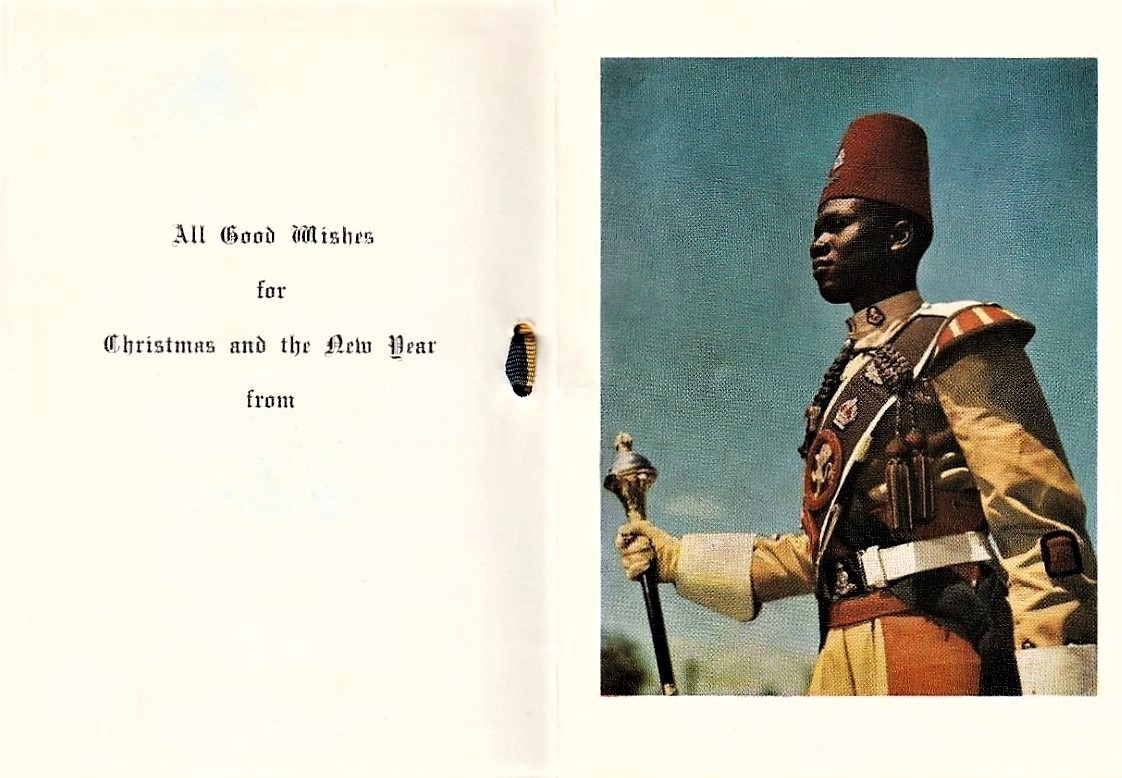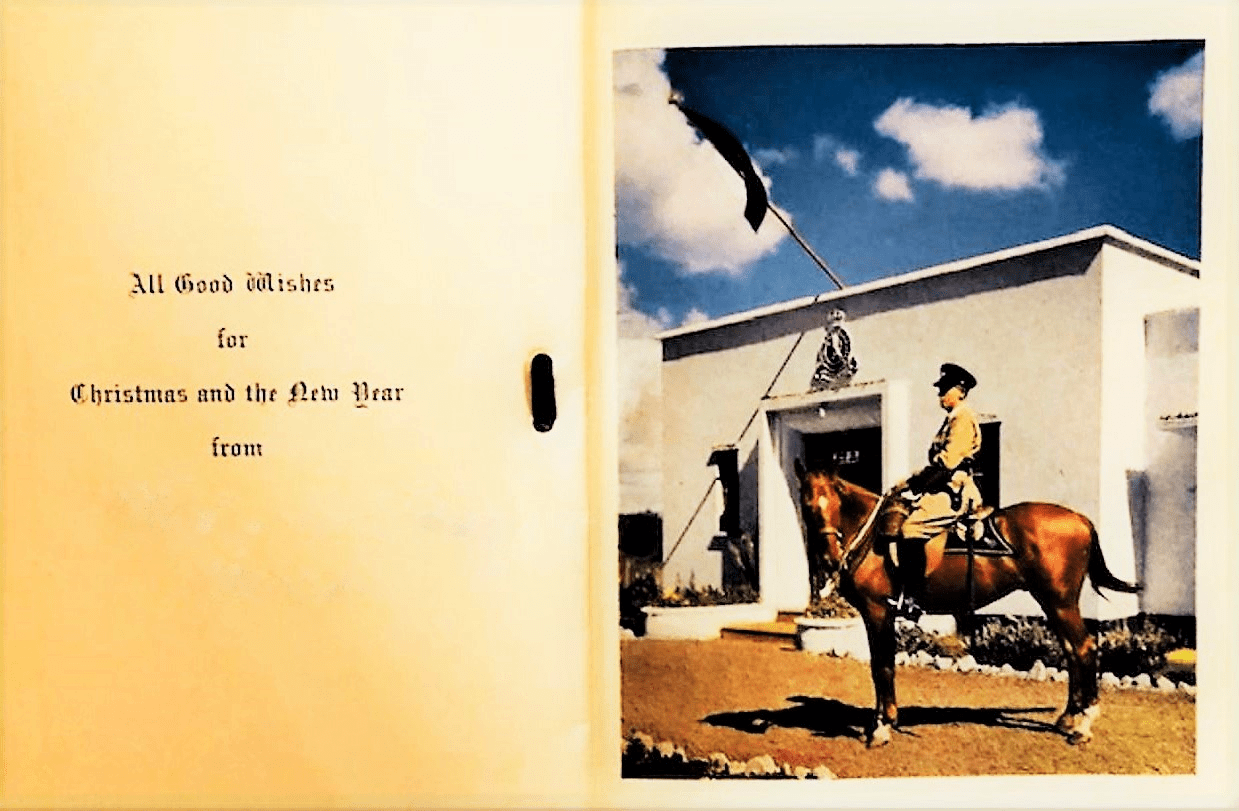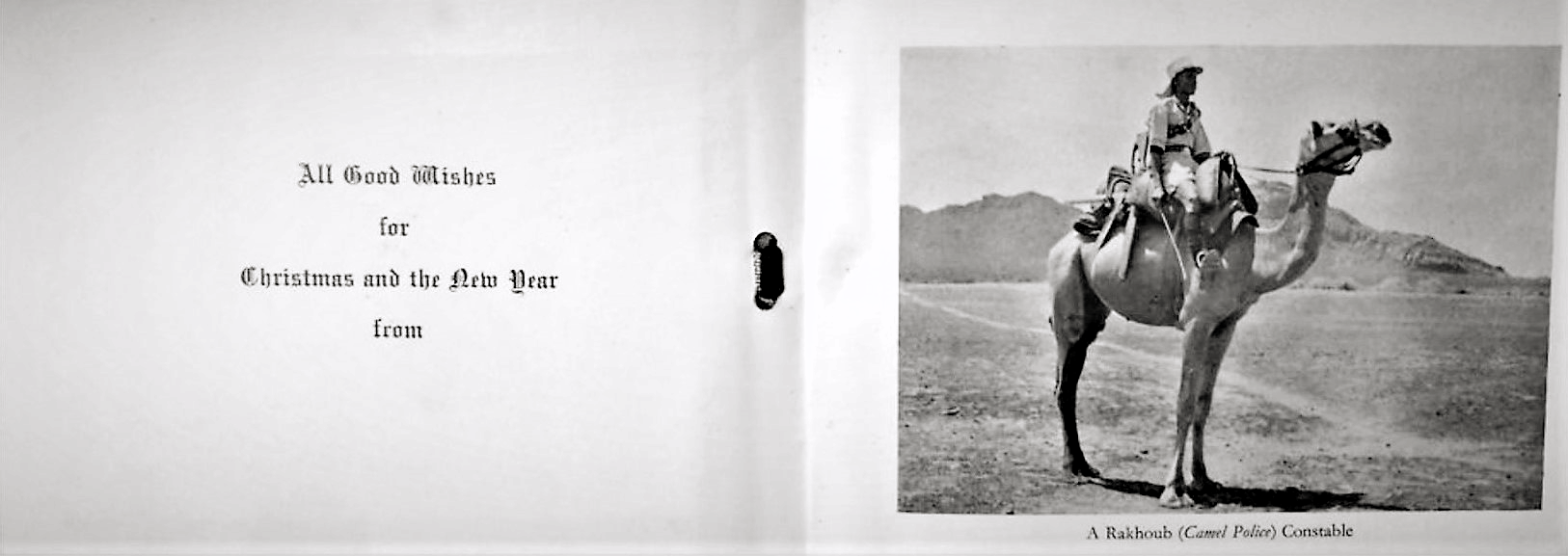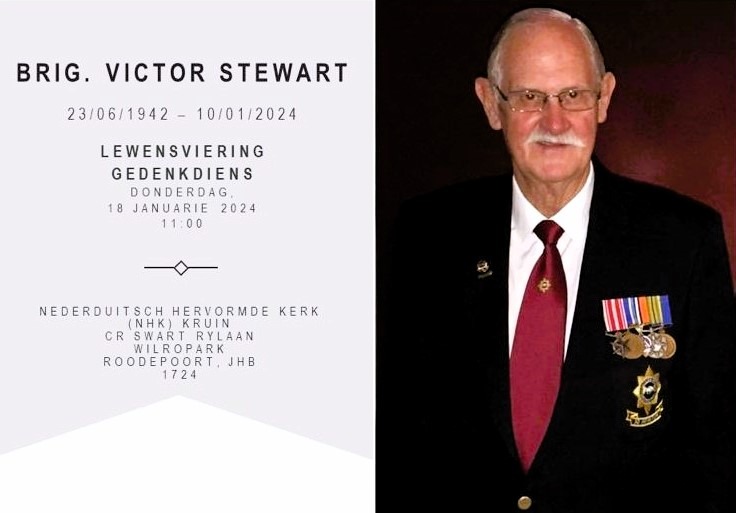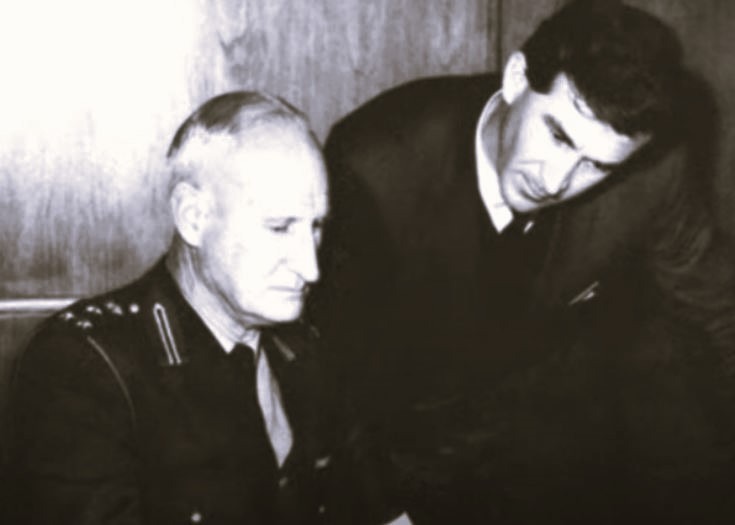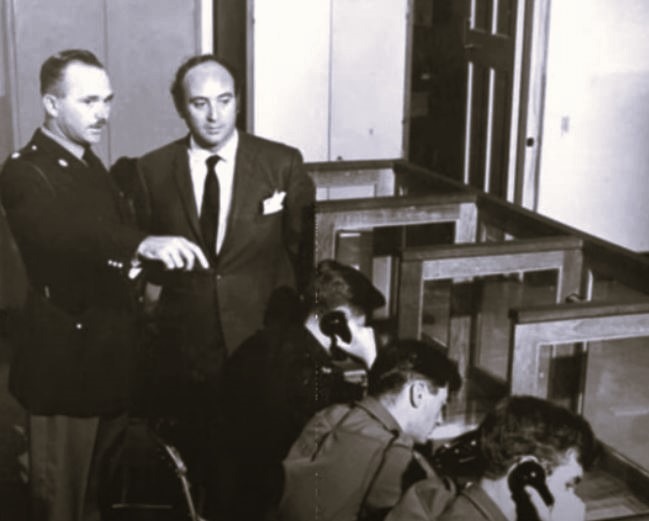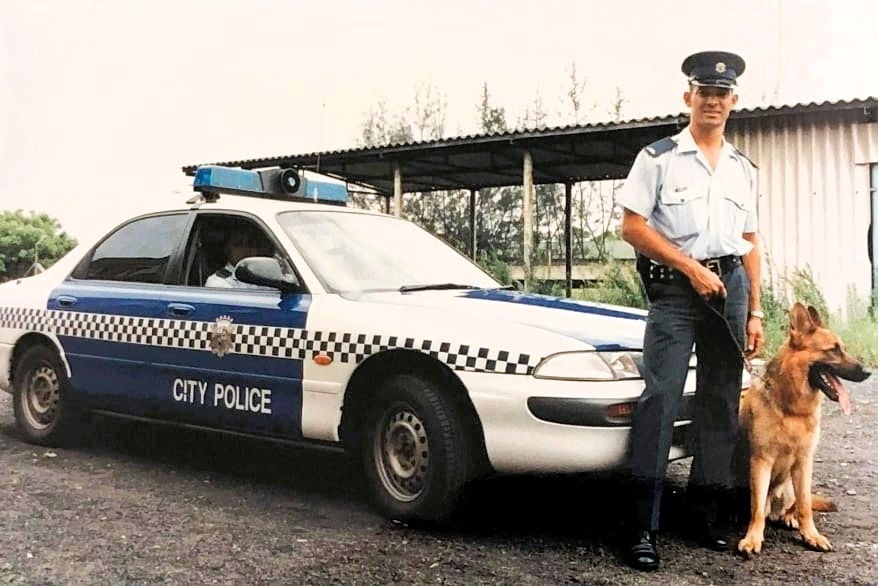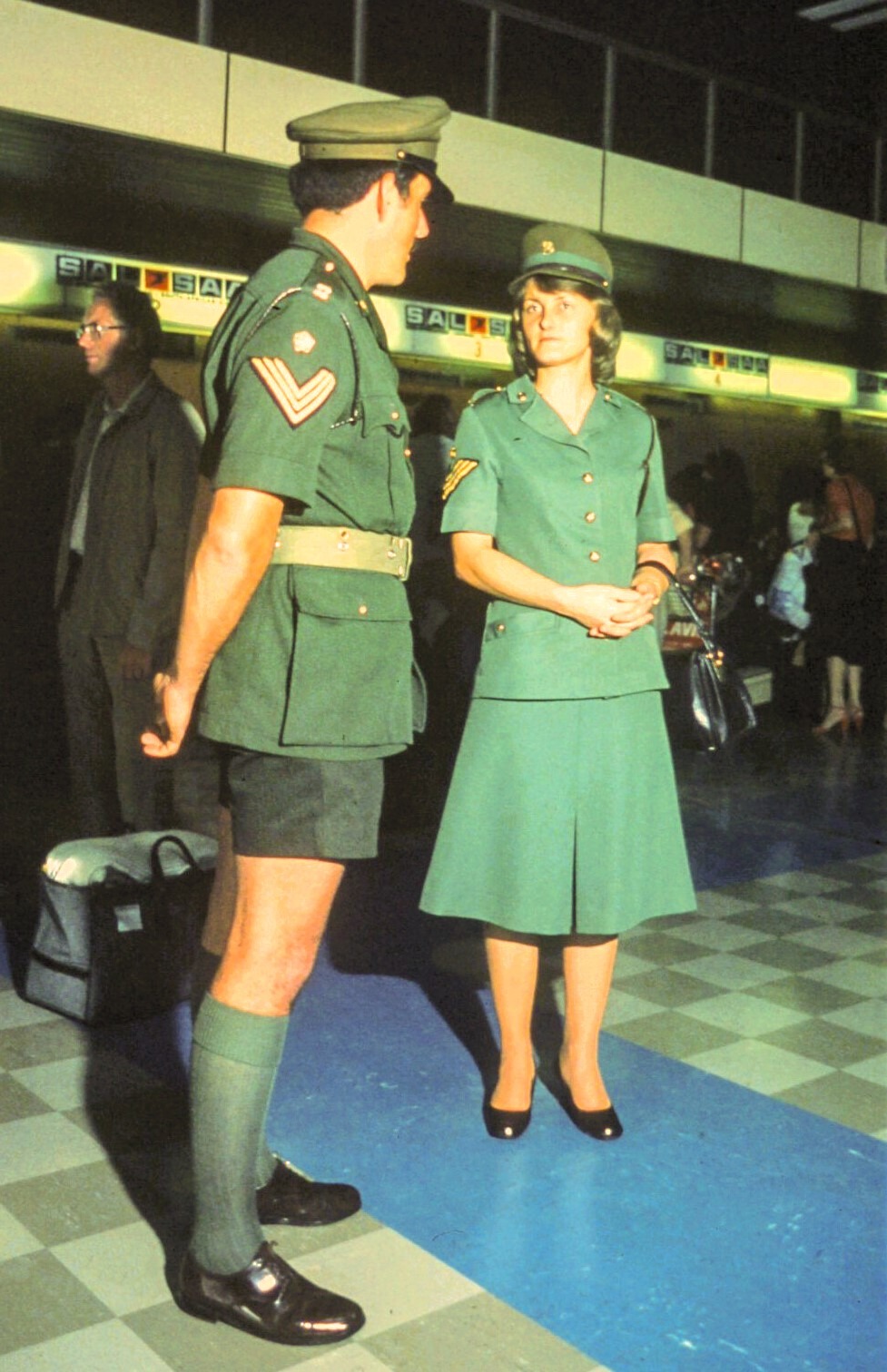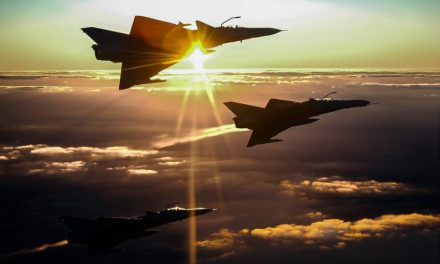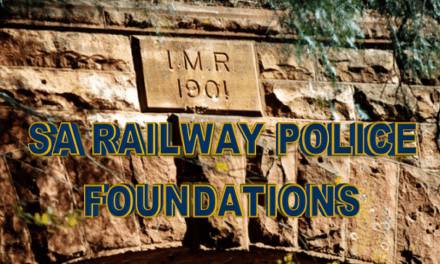ABSTRACT: Photo Album #1 of 2024, composed of photos contributed by readers.
KEYWORDS: Johannesburg Law Courts 1899, ZARPS, Field Marshall JC Smuts, Fox Street, siege, SAS Drakensberg, Operation Pullen, Operation Narsau, Paul Kruger,
AUTHOR: Editor & contributors
NONGQAI PHOTO ALBUM #1 OF 2024
Since a photo speaks a thousand words, Nongqai Magazine invites all its valued readers to contribute vintage photos related to the history of South Africa’s Forces. These may be of historic buildings, interesting events, personalities, vehicles, arms and weapons, emblems, platoon, “troep” or deployment group photos such as Counterinsurgency and Counterterrorism (Border deployment) images. In short, any photos illustrating life in the Forces during years gone by.
Photos can be sent by e-mail to: editor@nongqai.org.
Please add a short description, as well as who should be credited.
Fotos van hierdie aard is uiters belangrike bydraes tot die bewaring van ons historiese erfenis. Omrede Nongqai se fototeek deel vorm van ons projek (in vennootskap met ‘n leidende universiteit se biblioteek) kan u verseker dat dit behoorlik gekatalogiseer sal word en dus altyd maklik toeganklik sal bly vir die nageslag.
Dankie by voorbaat vir u ondersteuning!
PHOTO #1 : JOHANNESBURG LAW COURTS, 1899
In these law courts, Field Marshal JC Smuts practised law as then Attorney-General of the ZAR (note the ZARP’s in the background). From a postcard, contributed by Frans Erasmus.
PHOTO #2: FOX STREET SIEGE
PHOTO SET #3: SAS DRAKENSBERG 1994 FRIENDSHIP CRUISE
BACKGROUND (Courtesy Wikipedia)
SAS Drakensberg (A301) is a fleet replenishment ship (AOR) of the South African Navy (SAN), with the primary role of assisting and supporting the SAN’s combat vessels at sea. Built by the (now defunct) Sandock-Austral shipyard in Durban, it is the largest and most sophisticated warship to have been built in South Africa.
DESIGN: Drakensberg is able to carry 5,500 tons of diesel fuel, 210 tons of fresh water, 100 tons of dry provisions, over 30 tons of frozen food, 230 tons of containerized cargo or 1,000 tons of palletized and general cargo. The loading and offloading of this cargo is made possible with one 20-ton crane, four 2-ton cranes and a 5-ton hoist, assisted by two lifts of 2.5 and 7.5 tons respectively. Replenishment at sea (RAS) is from two abeam positions or from the RAS deck astern, with the ability to pump 40 tons of fuel per hour and 15 tons of fresh water per hour. In addition, an on-board plant enables the ship to produce 50,000 litres (11,000 imp gal; 13,000 US gal) of fresh water from sea water daily.
The ship carries two rigid-hulled inflatable boats (RHIB) called ‘Stingrays’ for small-craft duties, as well as two Delta-80 LCUs for limited amphibious use.
OPERATIONAL HISTORY: In 1988 Drakensberg set sail along with SAS Frans Erasmus for Chile on 15 February, returning to South Africa on 15 April. This was followed two years later in May 1990, when Drakensberg accompanied the strike craft SAS Jan Smuts and Hendrik Mentz on a voyage to Keelung in the Republic of China (Taiwan), without stopping at any ports along the way (a procedure necessitated by South Africa’s political isolation at the time). This was the first time since 1945 that a South African naval vessel had “shown the flag” in the Far East; it also provided an opportunity for joint exercises with the Taiwanese Navy.
Under Operation Pullen in 1990, Drakensberg became the first South African naval vessel to visit the then-Zaire in over 30 years, laying the groundwork for a series of additional visits to African nations, signifying South Africa’s gradual return from isolation. The next year, it set sail on a humanitarian relief mission, offloading 630 tons of supplies in Chittagong, Bangladesh, and 35 tons of supplies in Mersin, Turkey. In 1992, it became the first SAN vessel to proceed further south than 54 degrees south latitude, in a mission to assist the damaged S. A. Agulhas.
Operation Narsau in May 1994, followed South Africa’s first fully democratic elections and the election of Nelson Mandela. In three months, she visited Lisbon, Rosyth, Copenhagen, Rotterdam, Zeebrugge, Rouen, London, Cadiz, São Tomé and Príncipe, Bioko Island (Equatorial Guinea) and Gabon in the process becoming the first SAN vessel to visit Denmark and Belgium. While not quite living up to the high standards set by the 1994 voyage, the 1995 voyage to Abu Dhabi, Karachi, Mumbai and Muscat is also notable for its diversity in destinations.
PHOTO #4: PRESIDENT PAUL KRUGER VISITING TROOPS AT LADYSMITH, ANGLO-BOER WAR
PHOTO SET #5: OLD SOUTH AFRICAN FIRE STATIONS
PHOTO SET #6: KENYA POLICE (COLONIAL ERA)
FOTO #7: WYLE BRIGADIER V.L. STEWART
PHOTO SET #8: SABC "SQUAD CARS" PROMO IMAGES
PHOTO #9: NATAL POLICE (1874 - 1913)
FOTO #10: DURBAN STADSPOLISIE (CITY POLICE)
PHOTO #11: SAR POLICE, LOUIS BOTHA AIRPORT, DURBAN

